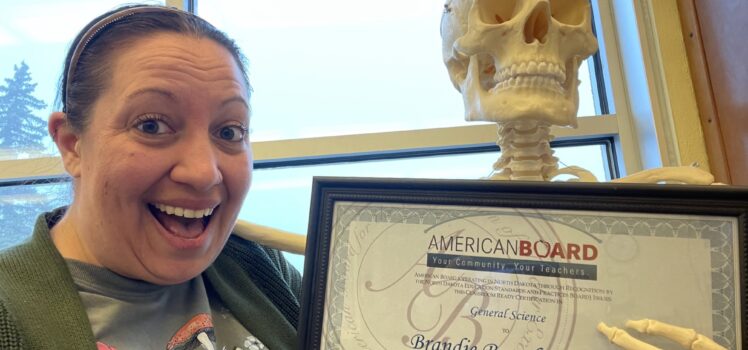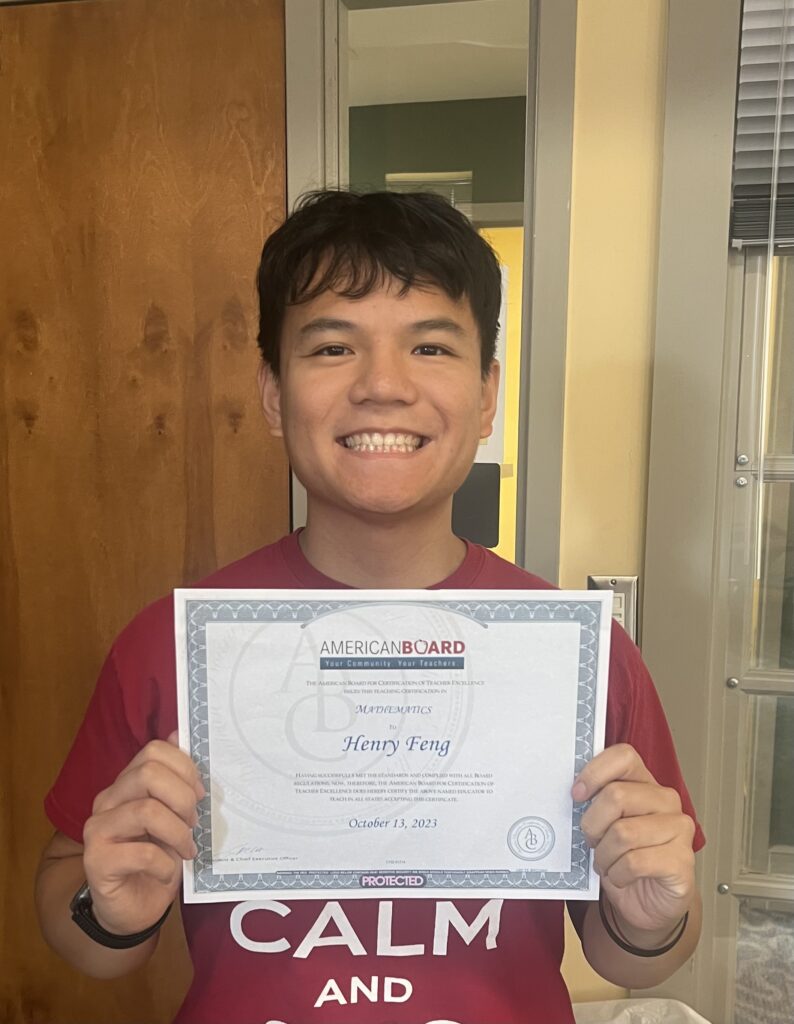The Changing Tides of Teacher Certification

Teacher Certification: Then and Now
The world of education always evolving, but one thing that remains constant is the need for great teachers. The gatekeeper of teacher quality is the teacher certification process, which varies from state to state, but aims to ensure that only those with proper training become licensed teachers. As education has evolved, so has the way that states are seeking to recruit more teachers. With these efforts, we’ve seen a shift in the teacher certification process as well. Let’s dive into this, comparing certification then and now.
Teacher Certification: Then
1800s: Teacher certification was basically non-existent. Teaching was often a role filled by community members with varying degrees of education themselves. However, as the demand for a more educated populace grew with the Industrial Revolution, so did the need for a system to qualify educators.
Early 1900s: We see the introduction of standardized requirements for teachers. A degree was no longer the only entry requirement for the profession. Instead, specific training in pedagogy and a passing score on competency exams were necessary. This shift marked an acknowledgment of the specialized skills and knowledge necessary to foster academic growth in young minds.
Late 1900s: The latter half of the 20th century introduced even more nuanced requirements, reflecting an awareness of the diverse needs of students. Certification began to require not just subject matter expertise, but also an understanding of student psychology, classroom management, and the ability to accommodate various learning styles and disabilities. This training took place in university-based education programs designed to produce teachers holding education degrees.
Teacher Certification: Now
Today, teacher certification continues to adapt, often embracing technology and innovative instructional strategies. The requirements have become more stringent, emphasizing not only educational attainment but also continuous professional development. This ensures that educators are not just prepared at the start of their careers but that they keep up with best practices in education as well.
But as the rules and requirements governing certification because more complex, we have to ask if it has had a positive impact on education outcomes. This isn’t an easily answered question. While students may now have more support from teachers who take into consideration students’ lives outside the classroom, national test scores are down. What is the fix?
Many states are looking to expand the pool of qualified teachers. These states are changing laws to allow for alternatively certified teachers, teachers who have background in a subject other than education. Principals rely on these educators to bring real-world experience to the classroom. A well-balanced mix of teachers who are university-trained and real-world trained could be what kids today need. You can learn more about alternative certification available in many states here.
The path to becoming a certified teacher may be more complex now than it was a century ago, but it stands as a testament to our dedication to educational excellence.
Is Now Your Time To Teach?

Henry Feng, a recent American Board graduate, chose to take advantage of the alternative teacher certification option. He is now teaching high school math in Missouri.
*Cover photo: American Board graduate and North Dakota educator Brandie Ulland poses with her certification in her high school science classroom.




